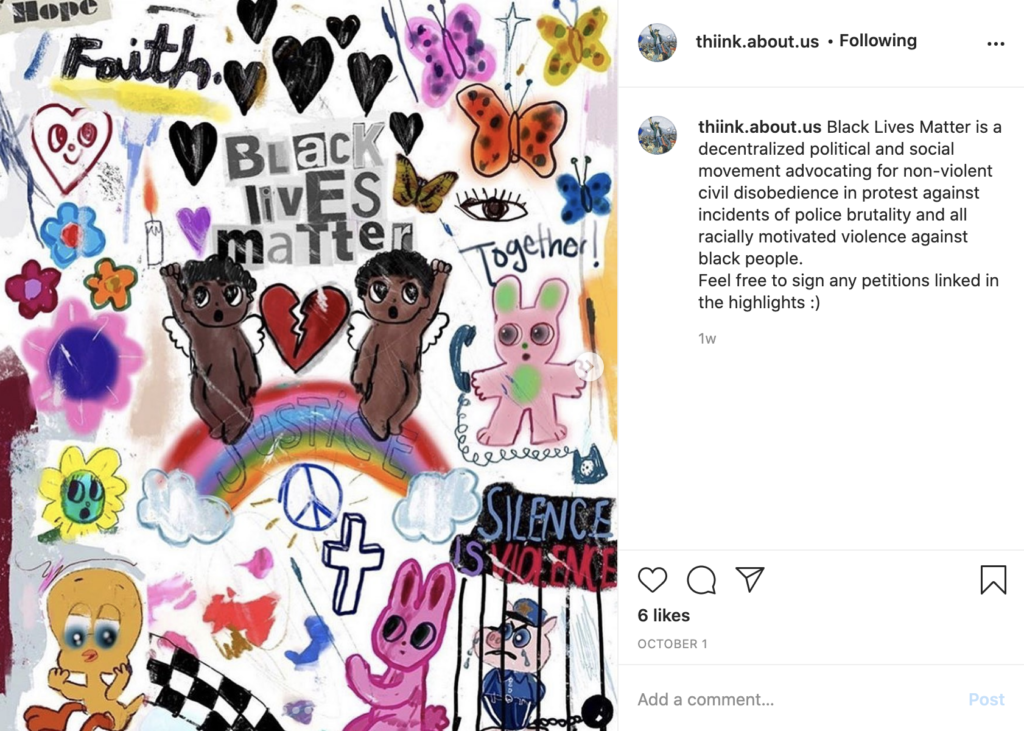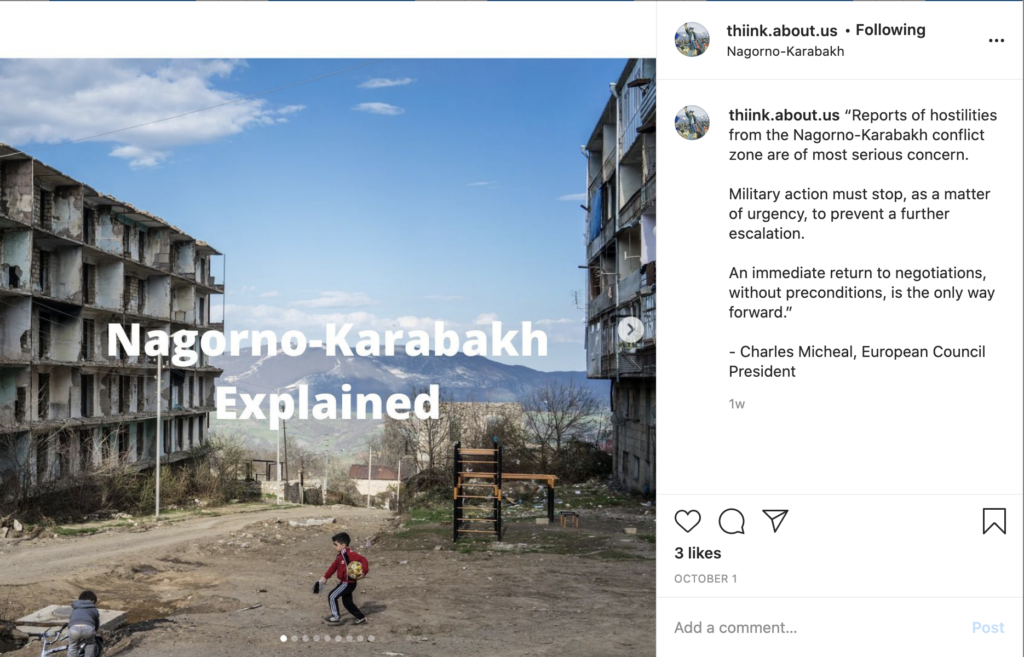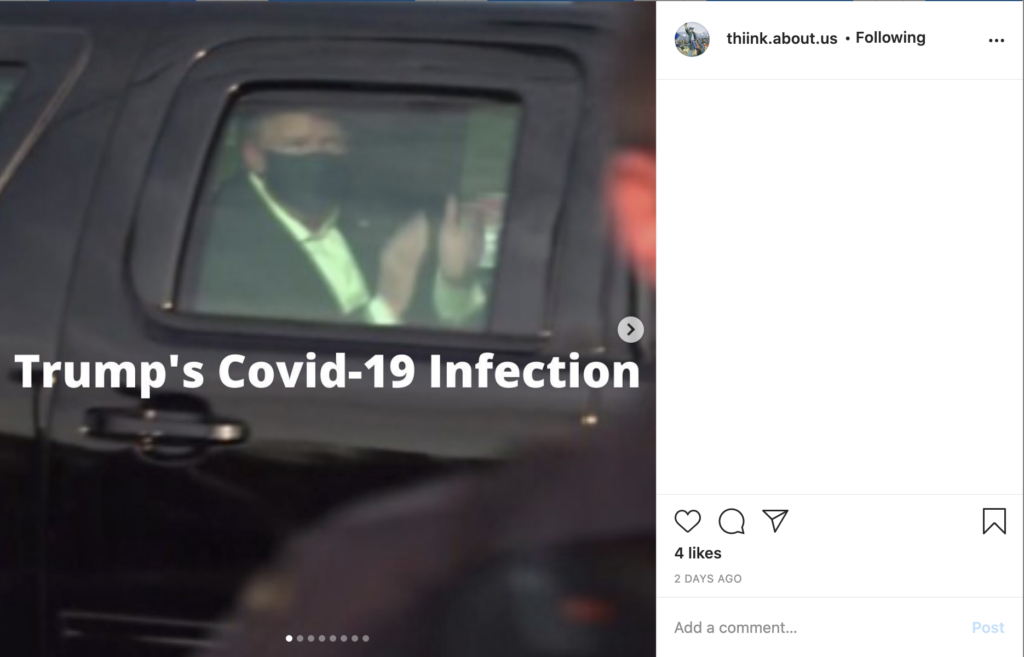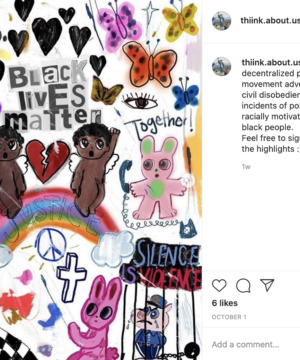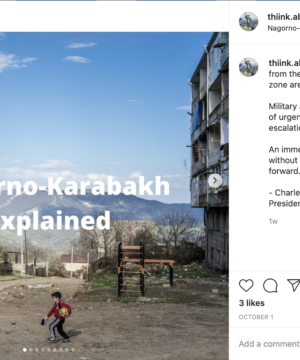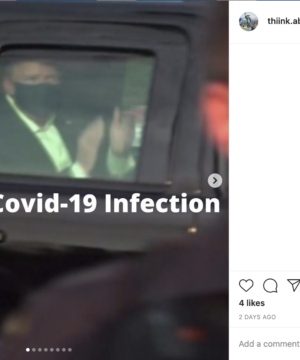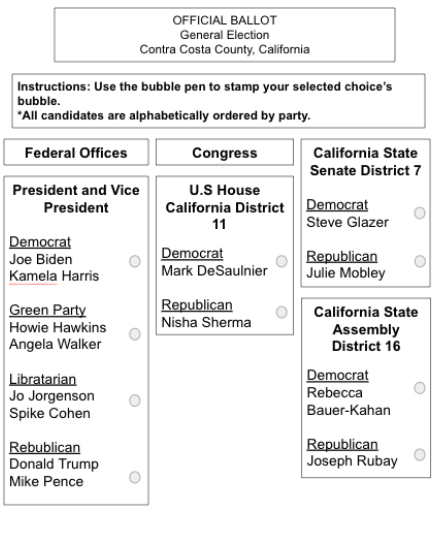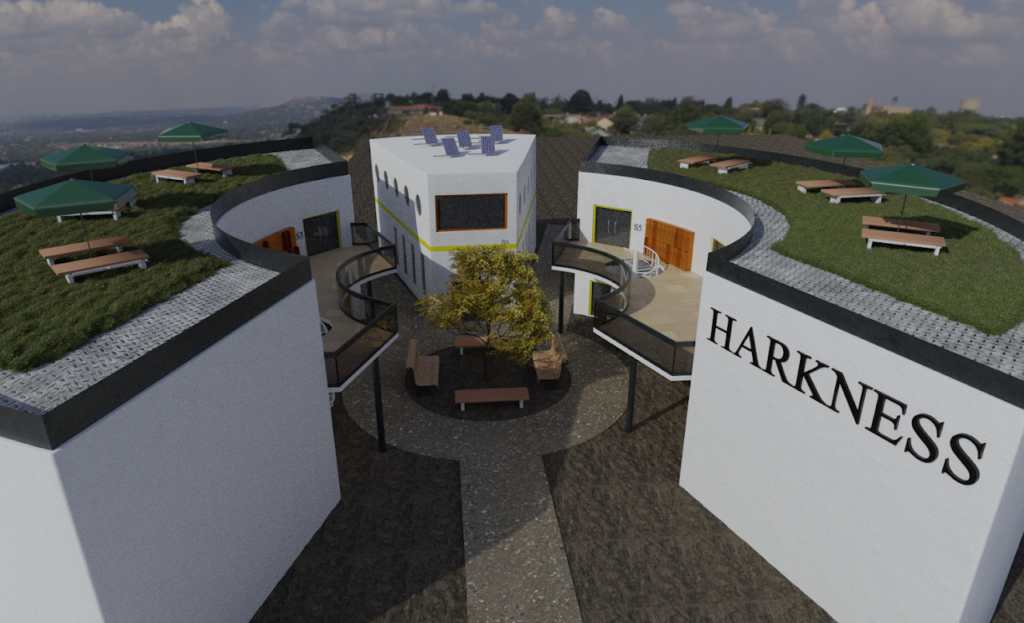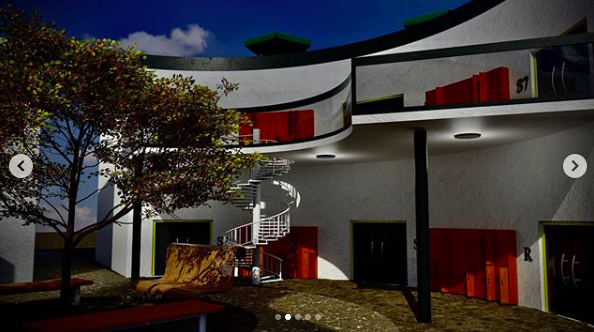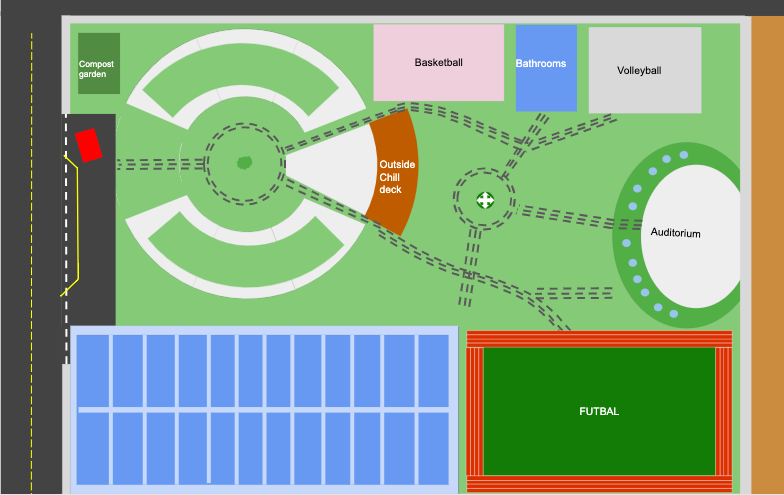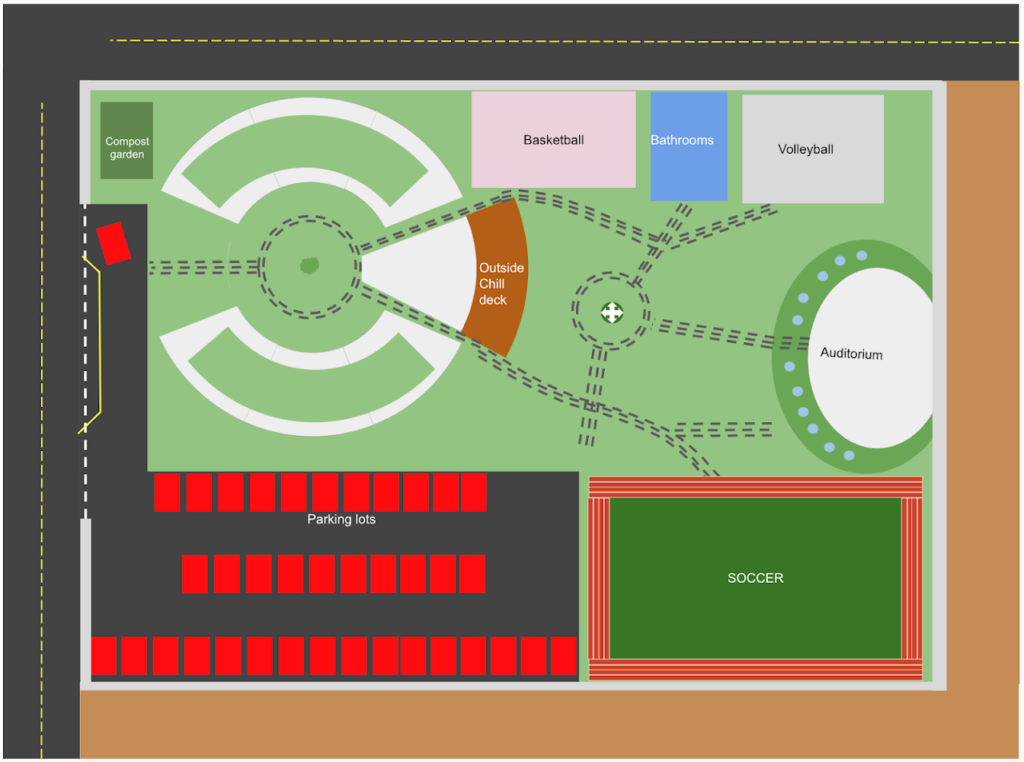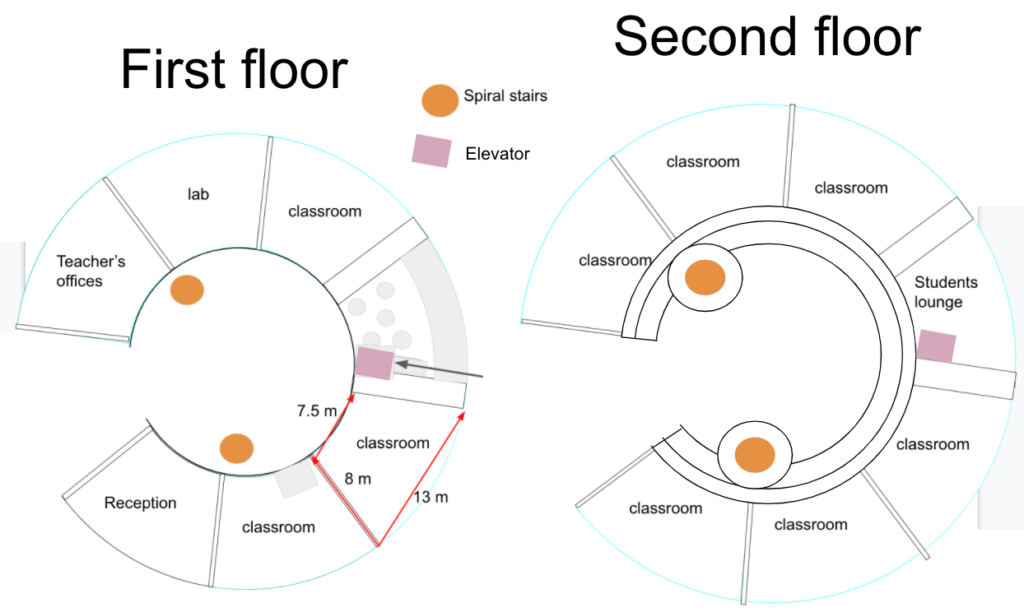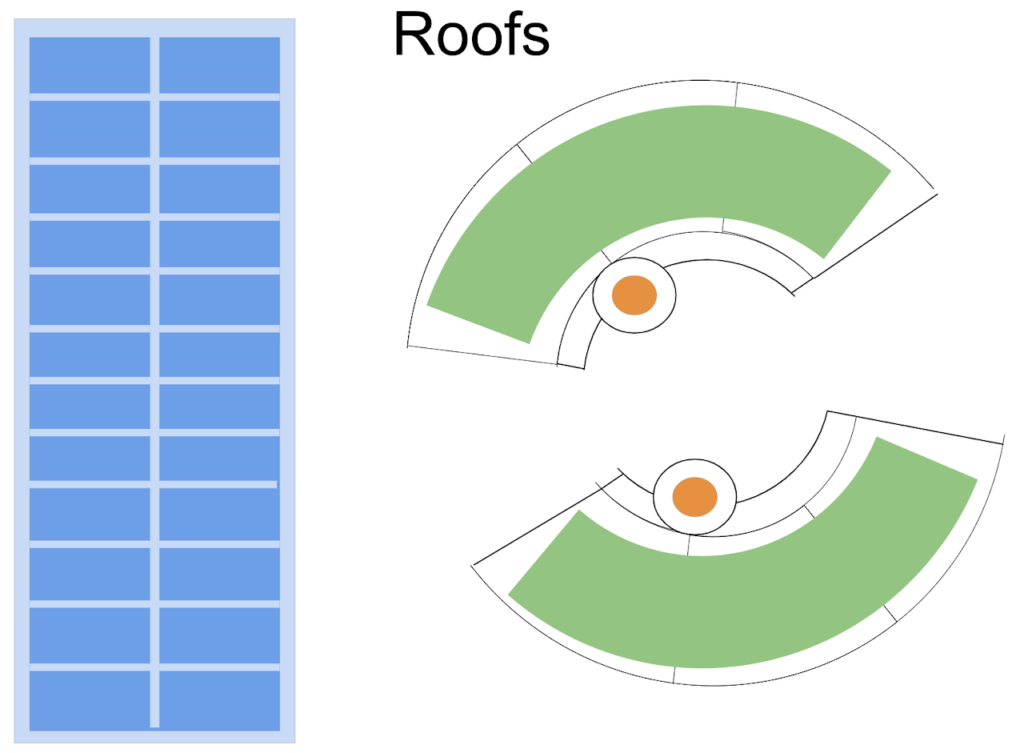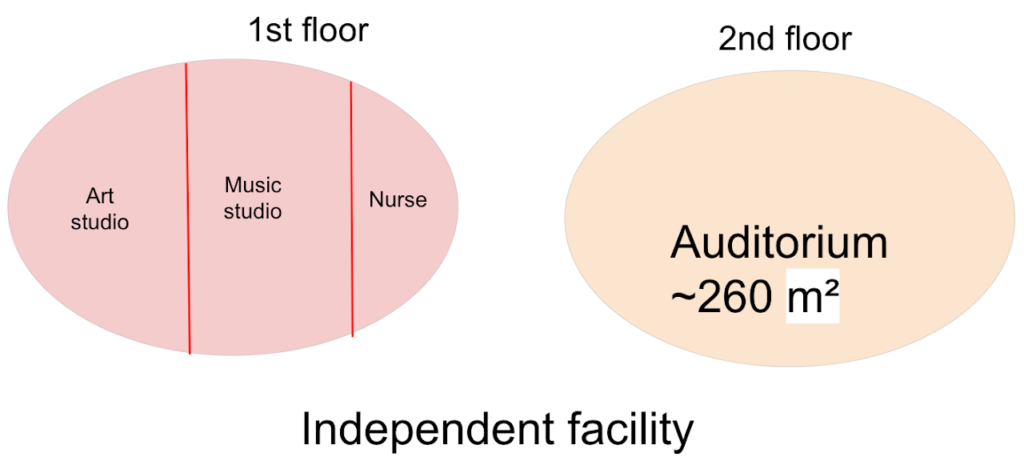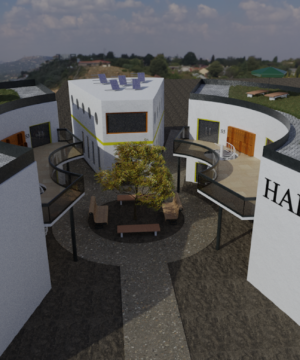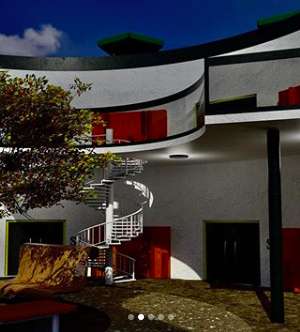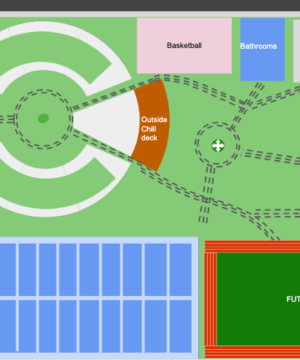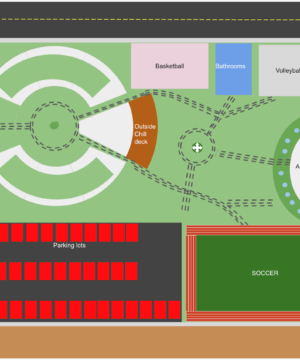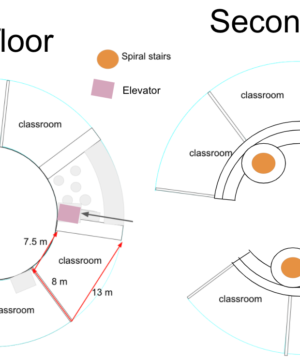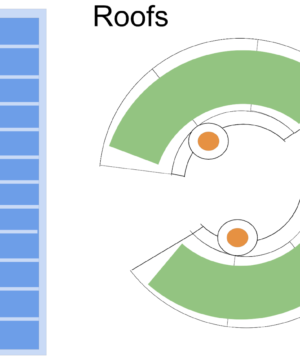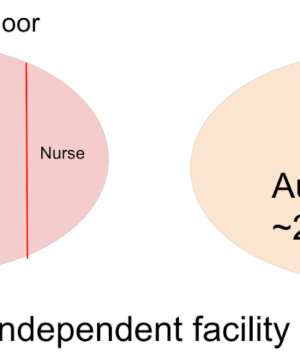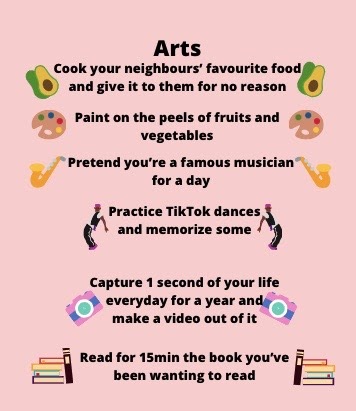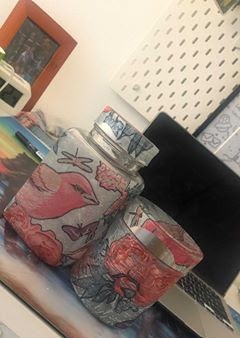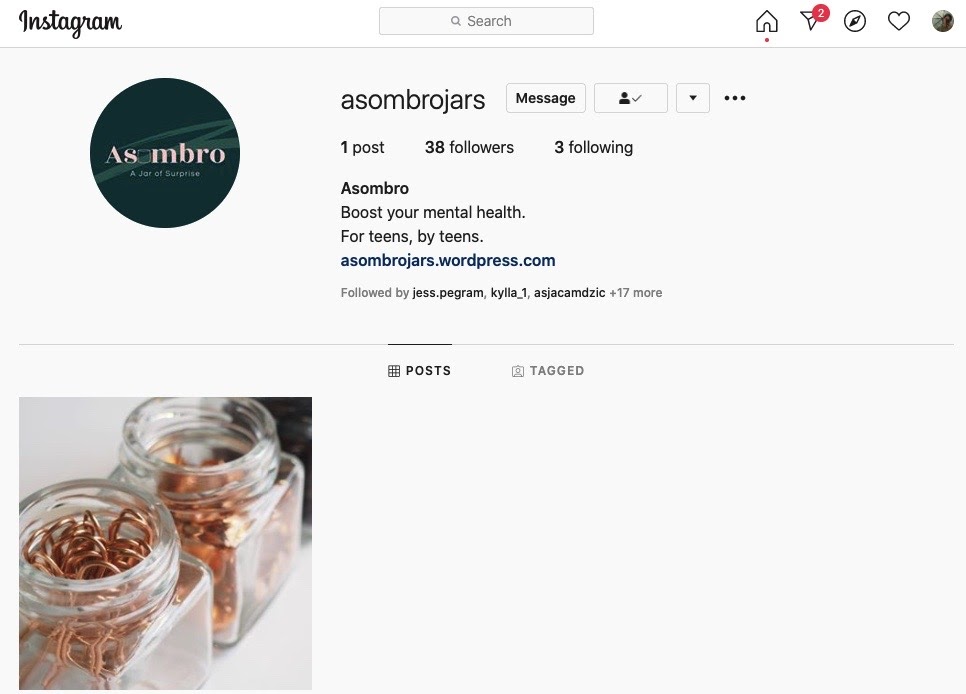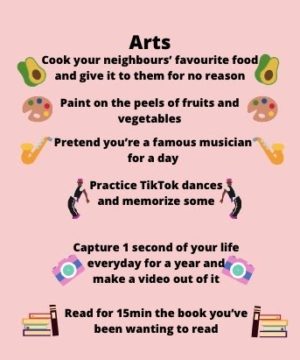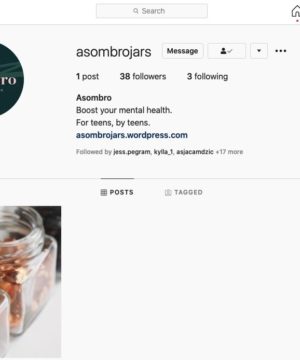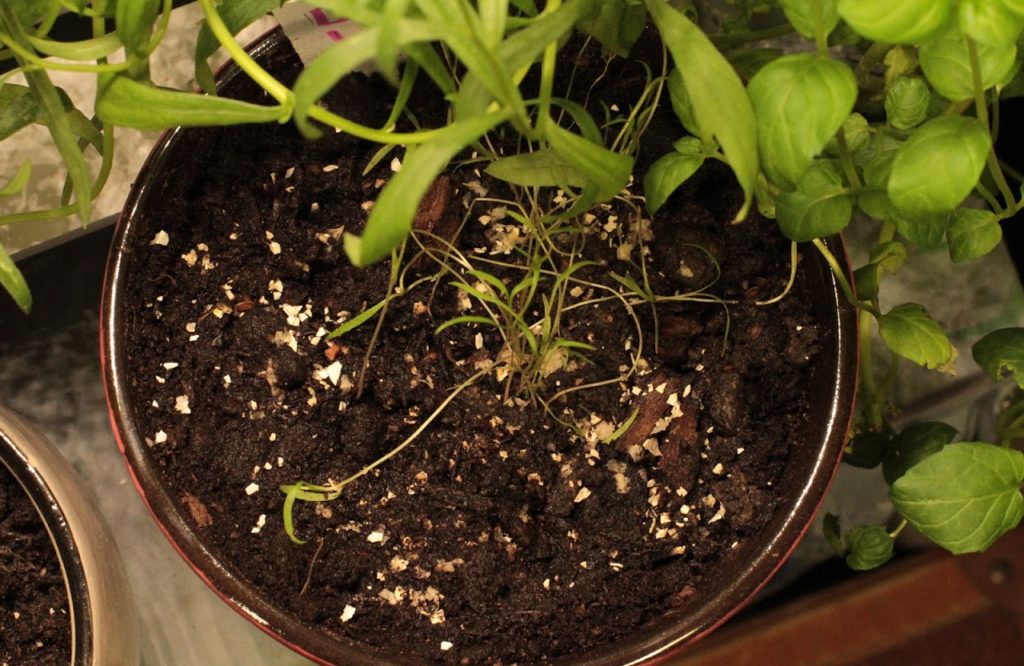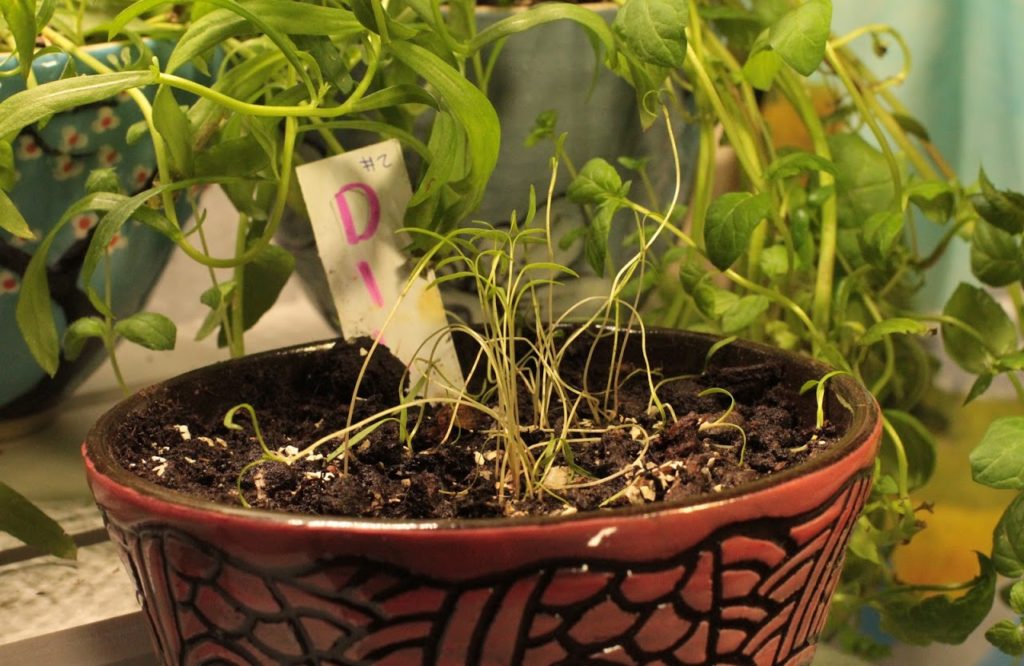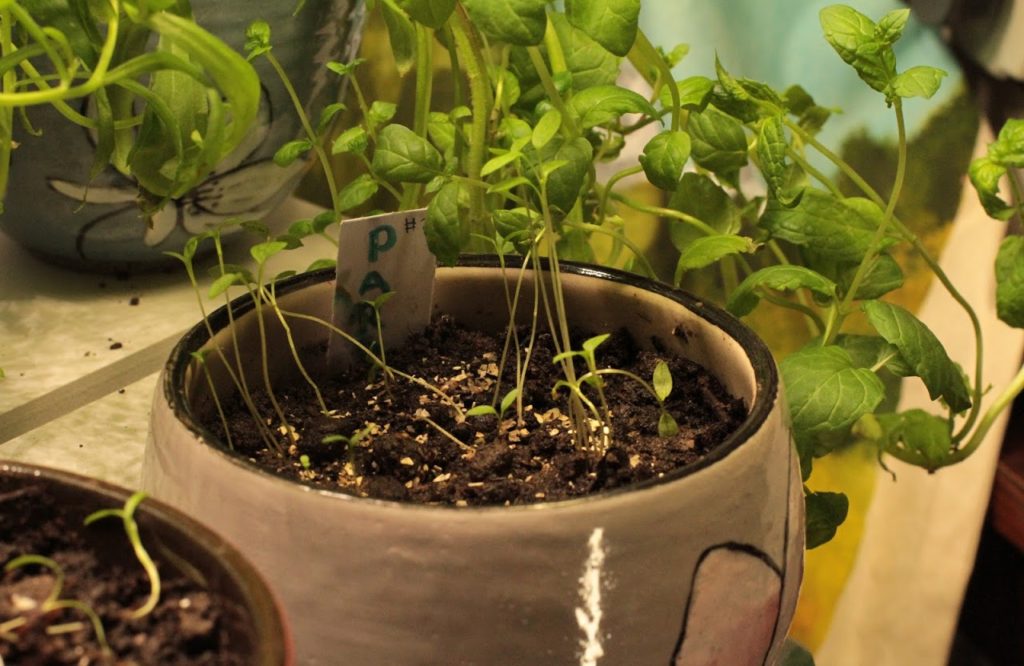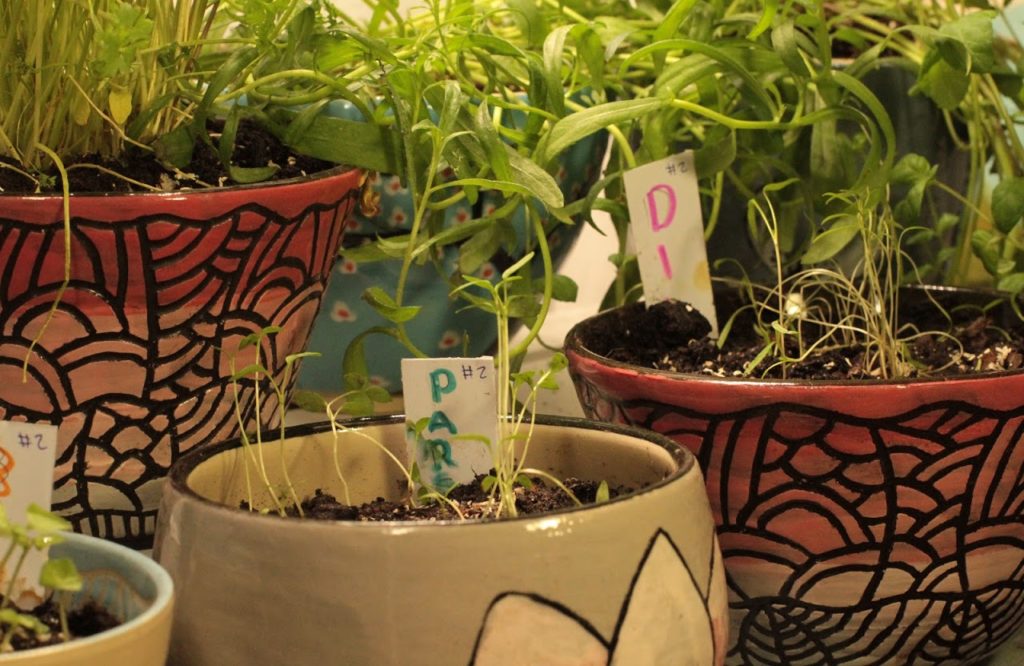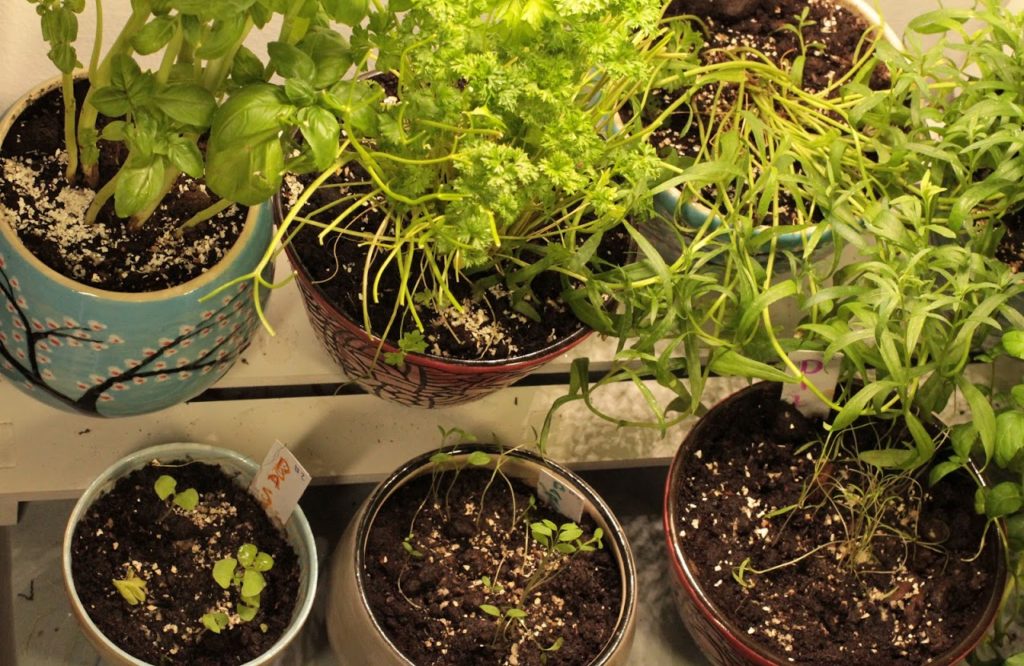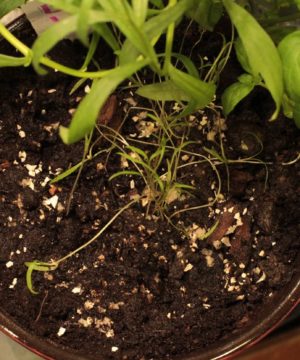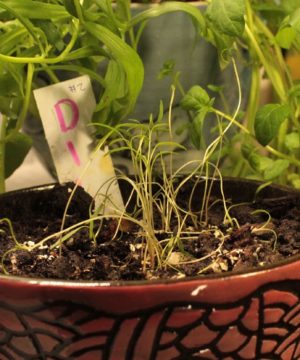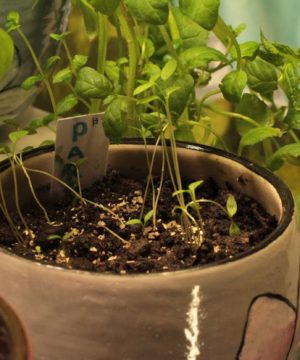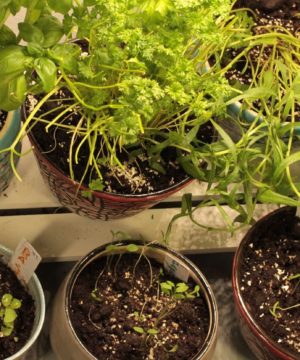Instagram Link: https://www.instagram.com/thiink.about.us/
Driving Question: How might we collaboratively implement a design-thinking process to meet the needs of the community we serve?
What were your goals for this module? How did you achieve them?
As a group, our main goal was to develop a summative product that tackled our chosen issue – the lack of youth involvement in politics. We believe that our Instagram page’s have been effective in doing that, as it’s a medium present in teenagers’ lives, so we can spread politics and share important things with them in an easier way. The other goal was to create a pleasant work environment, with an equilibrated and smart distribution of work. By scheduling weekly meetings and creating a full value agreement at the beginning of the module, we managed to count each other accountable and create a safe work environment in which everyone felt comfortable to contribute
What did you learn about yourself or about your creative process or about your medium?
We were able to learn the design thinking process through our module and later, apply it in our summative project. We searched through multiple creative ways to solve our problem but finally agreed on making an Instagram account with the independence of choosing a state of the world to focus on and post about. I personally learned that I can listen to my teammates and agree collectively on a subject. I have become more open to discussing others’ ideas and have a different mindset when approaching these projects.
What did you learn about yourself, your creative process, or about your medium?
We were able to learn the design-thinking process through our module and later, apply it in our summative project. We searched through multiple creative ways to solve our problem, but finally agreed on making an instagram account with the independence of choosing a state of the world to focus on and post about. I personally learned that I am able to listen to my teammates and agree collectively on a subject. I have become more open to discussing others ideas and have a different mindset when approaching these projects.
What did this project mean to you?
This project meant us learning about our generation and the issues we face and think of ways to make our generation aware the issues.
